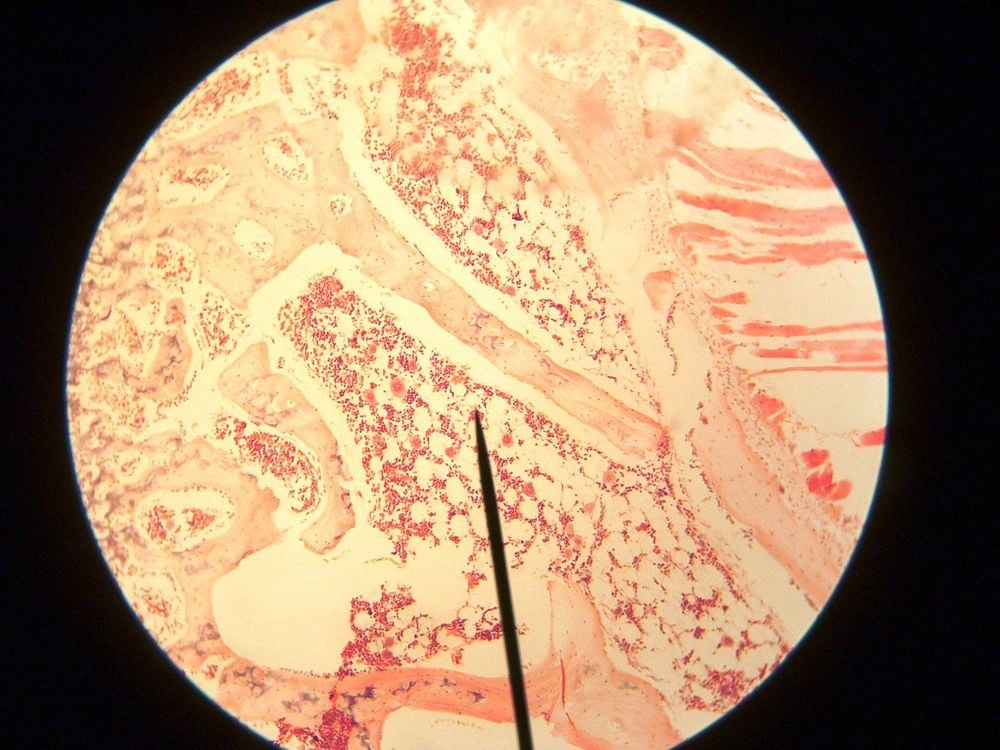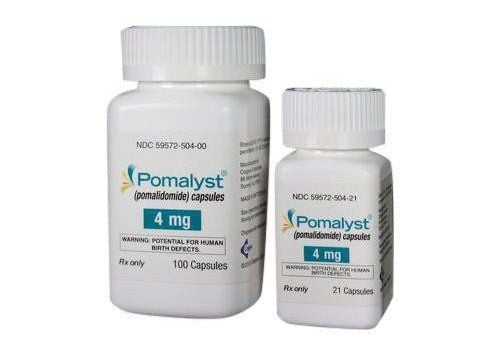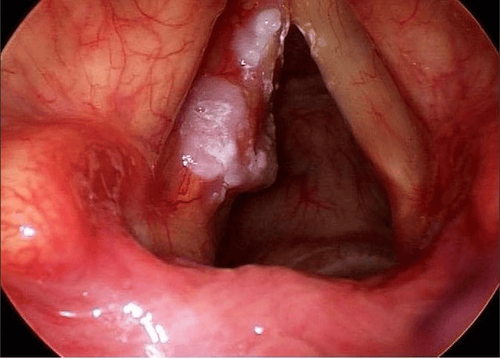This is an automatically translated article.
Multiple myeloma is a malignant proliferation of plasma cells in the bone marrow and some other organs, a type of cancer that causes the patient's whole body to collapse, pain and fracture, mental confusion, bleeding ...
1. What is multiple myeloma?

Đa u tuỷ xương còn gọi là u tương bào hay bệnh u tủy
Multiple myeloma is a cancer of the plasma cells in the bone marrow. The disease is also known as plasma cell tumor or myeloma.
Plasma cells are cells found in the bone marrow and play a role in creating immunity to protect the body against viruses and germs. In multiple myeloma, just one abnormal plasma cell (myeloma cell) duplicates rapidly, disrupting the immune system and replacing normal myeloma cells. The disease can appear in many places. body, which explains why the disease is called multiple myeloma.
The disease is divided into 5 stages:
Gamma globulin monoclonal unspecified Multiple myeloma low-risk latent multiple myeloma high-risk multiple myeloma early active stage or multiple myeloma very high-risk stage Multiple myeloma, active stage (also known as multiple myeloma)
2. Disease causes and risk factors
The cause is unknown, but there are several risk factors. A risk factor is anything that increases your risk of a disease. Multiple myeloma can be a combination of several risk factors. Includes:Age: Multiple myeloma is more common in the elderly Gender: The disease is more common in men than women Race: It is more common in blacks than whites and Asians Chemical exposure: Gasoline, oil, benzene , pesticides, dioxins, paints, rubber and hair dyes. Occupation: Farmer, carpenter or tanner, hairdresser, painter, decorator Exposure to viruses, radiation Family history
3. Signs and symptoms of the disease
The disease affects different patients in a different way. A patient's symptoms depend on the extent of the disease at the time of diagnosis. The disease can affect bones, blood cells, and kidneys.3.1 Clinical manifestations Bone pain: Common locations are in the spine, pelvis, rib cage, pain increases with movement and decreases at rest Natural fractures Bone tumors: often found in places such as bone skull, collarbone, sternum, shoulder blade, spine... rarely seen in limbs. External manifestations of bone such as kidney damage, anemia, thrombocytopenia, hypercalcemia, susceptibility to infection due to decreased antibody production, and infection requires longer time to recover... Bruising cyanosis, fatigue,... 3.2 Diagnosis of multiple myeloma The diagnosis of multiple myeloma is often difficult due to many vague symptoms. Some patients are asymptomatic and disease is suspected after routine blood testing. Patients with suspected disease are referred to a hematologist for diagnostic tests.
History Clinical examination Complete blood test Kidney function test Calcium concentration Abnormal protein level test 24h urine collection for abnormal protein Bone X-ray Bone marrow bone marrow biopsy and bone marrow biopsy Take a bone sample and look under the microscope for abnormal plasma cells).
4. Treatment of multiple myeloma

Mặc dù không có phương pháp chữa khỏi bệnh đa u tủy nhưng bệnh có thể điều trị và kiểm soát được
Closely monitoring where the disease has not yet manifested, has not caused any complications Infusions to protect the kidneys Pain relief Antibiotics Blood transfusions Injections of drugs to improve blood cell counts Chemotherapy Infusions Steroids Immunomodulators (acting on cells of the immune system, e.g. Thalidomide and Lenalidomide) Bortezomib (new generation anticancer drugs acting on proteasomes) Hematopoietic stem cell transplantation Bisphosphonates (drugs that reduce proteasomes) (minimize bone pain) Radiotherapy Renal dialysis for patients with long-term kidney damage Despite stable treatment, the disease is always at risk of recurrence, so follow-up after treatment is very important. . Patients should be checked regularly to detect early signs of disease recurrence. Follow-up includes: clinical examination, blood tests, bone marrow analysis and X-ray.
Currently, Vinmec International General Hospital is a leading medical facility in the field of detecting cancer-related diseases and in which multiple myeloma can be treated with specific treatment. by stem cell transplantation in the treatment of multiple myeloma. Hematopoietic stem cell transplantation is the most radical treatment method, the opportunity to help patients with malignant blood diseases, including multiple myeloma, so that the patient can recover and lead a normal life.
Any questions about cancer screening as well as multiple myeloma treatment at Vinmec, please come directly to the hospital or contact HERE for answers.
SEE MORE:
U50 patient with multiple myeloma gets healthy spine thanks to hematopoietic stem cell transplant Multiple myeloma: Causes and symptoms Why does stem cell transplant help treat cancer?













